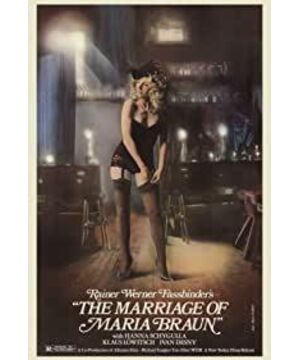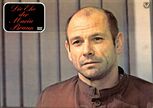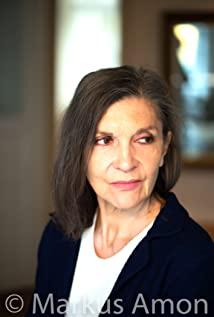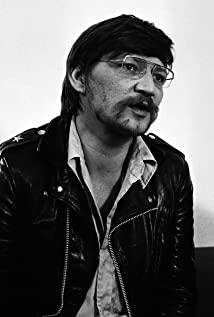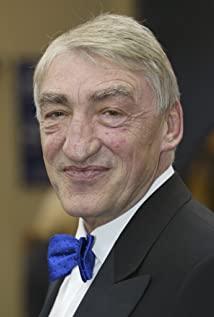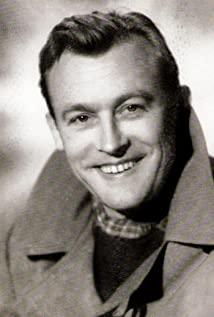A few things to watch for in this film:
-Uncharacteristically beautiful in-door cinematography for F.
-Influence of the Old Masters (oil paintings) on fassbinder's vision, in the way light/shadow is played, and the very still-life-like framing of the camera. For instance, at the funeral scene, the right 2/3 of the frame portrays the sorrow of a too-late-found love, while the left of the frame shows a waiter caressing the bared breasts of a maid - 'Others have sung'. If you have read Auden's "Musee des Beaux Art" , you would see the connection to the Old Masters (Bruegel, for example).
-Unsentimental look at a sympathetic woman. Ruthless examination of her amition, her drive, and her less than admirable manipulation of people around her, including those she loves.
-The changing landscape of German domestic life, after the WWII. Man-woman relationship and the accompanying conflict of sex and power.
-Juxtaposition of various virtues and their contradictions, ofetn in the same character.
The ending is really unnecessary, and one can't help thinking that Fassbinder's residual religious instinct has something to do with it. The explosion compromises the "life-goes-on" poignancy of the whole film.
View more about The Marriage of Maria Braun reviews


